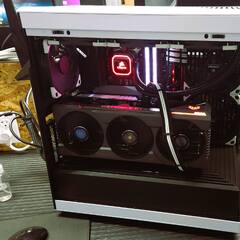Microphone shock mounts?
The point of a shock mount in your use-case is to prevent vibrations on the desk from being transferred up the stand and being picked up by the microphone itself. Common examples of unwanted vibrations would include: you setting things on your desk, tapping your fingers on the desk, sliding things across the desk, and (big one) hammering away on your keyboard. Without a shock mount, every time you type something the people on the other end of your Skype call will hear a noise like someone is thumping their skull.
In essence, the shock mount isolates the microphone from external vibrations.
As a general tip for condenser mics (and mics in general), I strongly suggest you purchase a boom arm. The best way to combat background noises being picked up by the mic is to turn it down. This means that your face needs to be about 3 inches from the mic. I use a standard round pop filter with my AT2020, and the tip of my nose is in contact with the upper rim of the pop filter when I'm speaking. I keep the mic volume in my VoIP clients low enough that my voice is transmitted at an appropriate volume when my nose is touching the pop filter, but background noises are not picked up.


















Create an account or sign in to comment
You need to be a member in order to leave a comment
Create an account
Sign up for a new account in our community. It's easy!
Register a new accountSign in
Already have an account? Sign in here.
Sign In Now